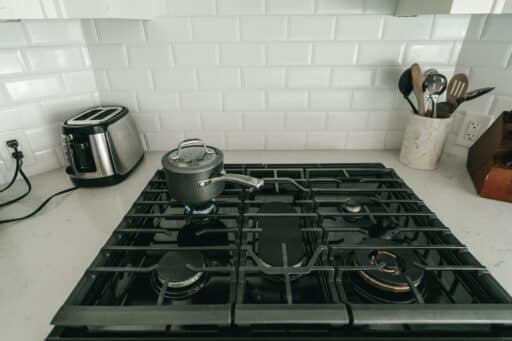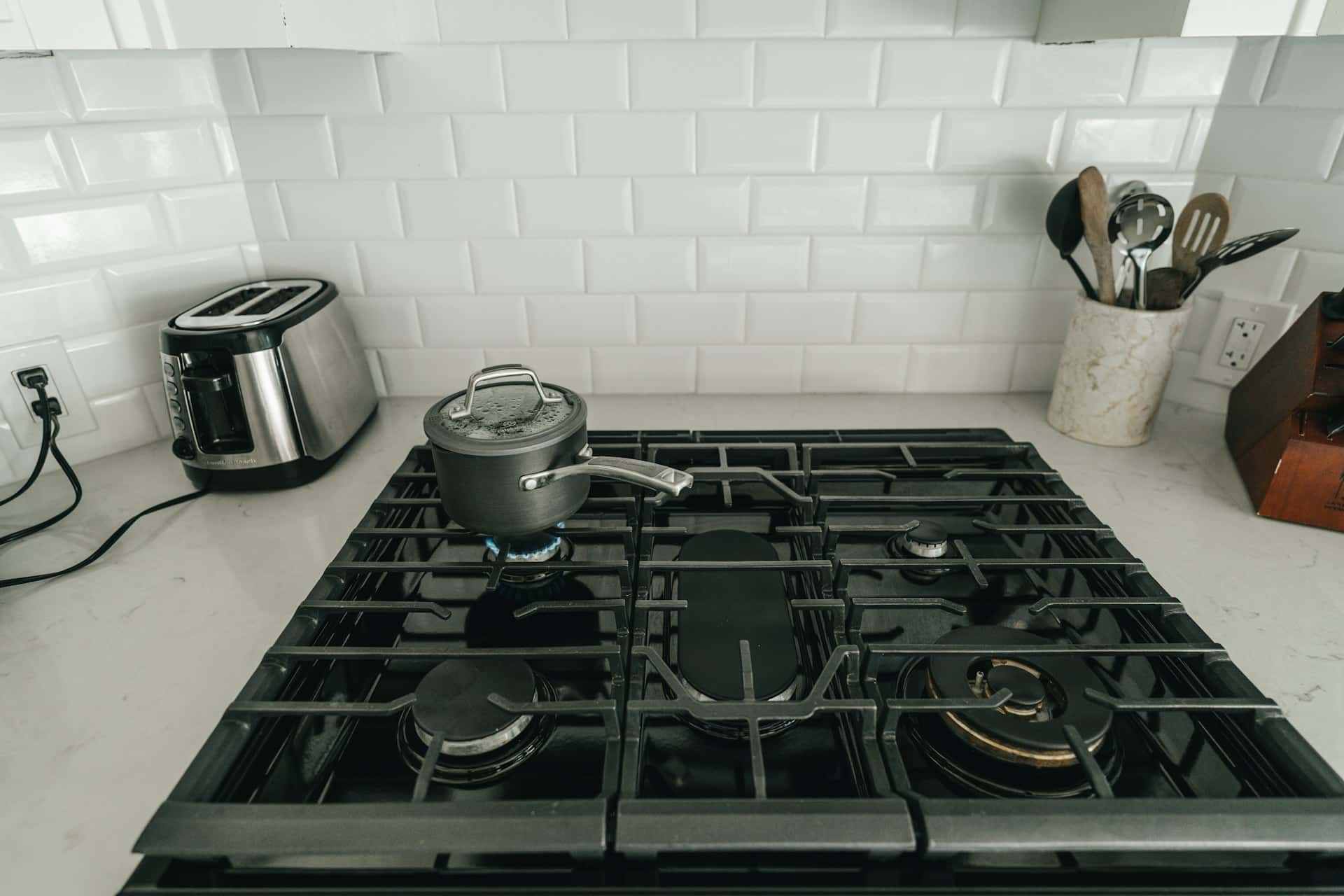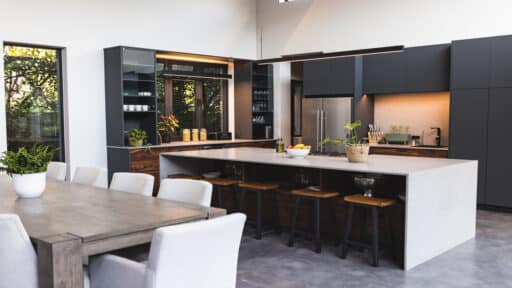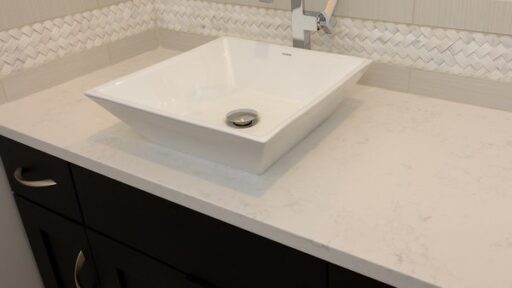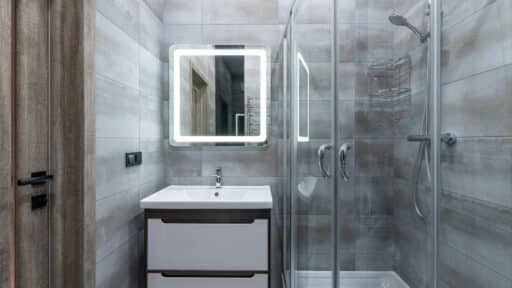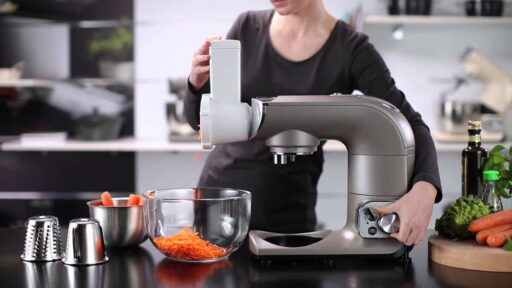Kitchen design tends to cycle through trends with all the subtlety of a stand mixer on high. One year, it’s about chunky marble islands. The next, it’s unlacquered brass everything. But stovetops? They’re finally stepping out from under the cabinetry spotlight and getting their turn as the centerpiece. It’s no longer just about function or clean lines. The stovetop has become a design flex—equal parts performance and presence—and it’s turning into one of the most considered decisions in kitchen renovations.
From moody matte finishes to pro-style cooktops that look like they belong in a Michelin-starred restaurant, there’s been a shift. A stove isn’t just where dinner gets made anymore. It’s where eyes land first. And yes, the shift in energy policy, the wild swings in natural gas prices, and the ever-present eco-conscious drumbeat are all playing into it. But so is the fact that homeowners are tired of cookie-cutter choices. Let’s get into what’s trending and what’s actually worth installing, especially if you’re planning a kitchen you’ll still love five years from now.
The Allure of Induction: Clean, Fast, and Surprisingly Chic
Induction used to be a whisper in design circles, praised quietly by those who liked how fast it boiled water and how cool it kept the kitchen. Now? It’s the star of the show. Sleek, minimalist, and often available in glassy black or soft gray finishes, induction cooktops aren’t just about performance anymore. They’re stealing attention from their louder, flashier gas siblings by doing things quieter—and smarter.
Homeowners who care about safety, especially those with kids who treat countertops like jungle gyms, are embracing the way induction heats the pan, not the surface. No more accidental burns. And because the temperature control is freakishly precise, serious home cooks are starting to trust it for more than just weeknight pasta.
Then there’s the design payoff. Induction tops visually disappear into countertops, especially when installed flush. That’s a huge win for anyone leaning into an ultra-modern or Scandinavian-inspired kitchen. You get uninterrupted lines, more workspace, and a look that feels expensive—even when it’s not.
The Return of Flame: Why Gas Still Reigns in High-End Renovations
While electrical and induction are having their day, you’d be kidding yourself to think the real culinary die-hards are giving up fire. Gas ranges remain the showpiece of many high-end kitchen makeovers, not because people are resisting change, but because gas still delivers a tactile, visible heat that chefs swear by.
There’s something grounding about turning a physical knob and watching a blue flame roar to life. It’s primal in the best way. And in kitchens that lean more traditional—or farmhouse, or transitional, or anything that isn’t aggressively modern—gas just feels right. The grates are heavy, the knobs are oversized, and the whole setup communicates: “Real food gets made here.”
That said, designers are getting smarter about working gas into their kitchens. Gone are the clunky stainless behemoths that look like they belong in a diner. Today’s installations are sleeker, more integrated. Think custom cabinetry surrounds, statement hoods, and stovetops that blend into a cohesive, intentional design rather than announcing themselves like an off-brand megaphone.
Color, Texture, and the New Rules of Statement Stovetops
Neutral isn’t dead, but it’s definitely on mute. White kitchens are still around, but the all-white-everything aesthetic is softening in favor of warmer tones, natural textures, and—yes—stovetops that pull some visual weight. More designers are treating the cooktop as an anchor. That might mean a matte black surface set into butcher block, or a brushed bronze finish that contrasts against olive green cabinets. Finish matters now. It’s no longer just about whether a stove has five burners or a built-in griddle. It’s how that surface sits in your kitchen’s overall look.
Texture is playing a bigger role too. Homeowners are opting for knobs and details with patina, surfaces that don’t look too polished or sterile, and materials that evolve with time. All of this points to a growing appreciation for authenticity and tactile design—not just performance stats.
And here’s where kitchen styling really gets fun. People are stacking their cutting boards vertically beside the stovetop. Copper ladles dangle overhead. Even the backsplash behind the stove is getting bolder—sometimes hand-painted, sometimes slab stone, but always intentional. The stove has moved from appliance to aesthetic moment, and it’s changing how everything else in the kitchen is framed.
The Rise of Downdraft and Island Installations
If there’s one thing that’s been quietly revolutionizing kitchen layouts, it’s the ability to ditch the range hood altogether. Downdraft systems, once noisy and barely effective, have finally caught up to modern standards. These systems suck steam and smoke downward, eliminating the need for a hood that might clash with your aesthetic or block a sightline.
This opens the door to one major trend: stovetops in islands. There’s something wildly appealing about facing out while you cook—talking to guests, keeping an eye on your kids, or just enjoying your music without staring at a wall. And now that you don’t need a clunky hood above your island, the layout options are limitless.
Even for those who stick to perimeter installations, downdraft gives back a lot of visual real estate. No hood means you can take a statement tile all the way up or install open shelves without worrying about grease buildup. It’s also a win for minimalist spaces where clean sightlines matter just as much as cooking efficiency.
Function Still Matters: But Now It’s Part of the Aesthetic
Nobody’s denying that how a stove performs still matters. Boil times, burner layout, heat distribution—those specs still get discussed in late-night online rabbit holes. But we’re now in an era where the best-functioning stovetops also have to look the part. There’s no longer a divide between utilitarian workhorses and design-forward showpieces. They’re the same appliance now.
More brands are quietly introducing customization options, whether it’s interchangeable knobs, trim kits, or the ability to match finishes across appliances. That kind of cohesion matters when you’re shelling out for a full renovation. It’s not just about installing a good cooktop. It’s about installing the right one—for your space, your habits, and your style.
Even ventilation systems are getting quieter and more attractive. Integrated lighting, smart temperature sensors, and controls that disappear into the surface are all pushing the aesthetic closer to modern furniture than traditional appliances. The line is blurring, and for design lovers, that’s a very good thing.
The Takeaway That Actually Matters
Stovetops have moved out of the background and into the design conversation where they belong. Whether you’re going all in on induction, staying loyal to gas, or flirting with a downdraft island setup, the choices aren’t just about performance anymore. They’re about personality. And for once, there’s no single right answer.
Today’s kitchens are less about following a formula and more about building a space that works and feels right for the people who use it. And if the centerpiece of that is a gorgeous cooktop that actually gets used? All the better.

